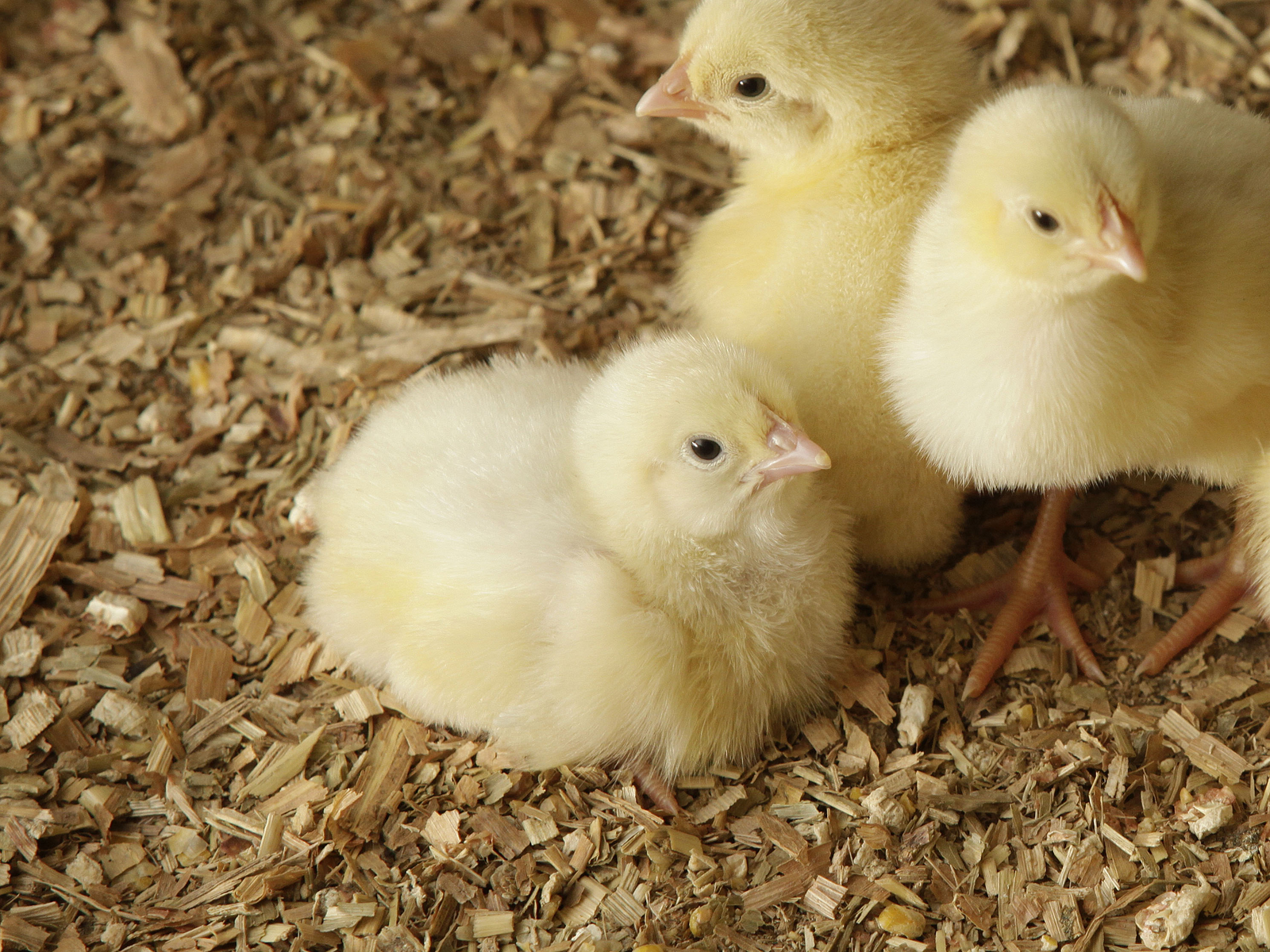What to put in young animal feed?

The health and growth of farm animals may be negatively impacted when they are weaned or experience other types of stress. Focusing on the right type of feeding at the right time can help in getting them through these critical periods.
There’s no denying that every young production animal goes through a period of fragility and immense change. For poultry, it’s the shift to eating solid food, for swine and calves, it’s the transition of being weaned from their mother’s milk. It’s in these critical, and early stages, when precise nutrients can set the foundation for a healthy gastrointestinal tract and jumpstart an optimal performance trajectory. That’s why it is critical to focus on a feed portfolio that: encourages immune system development, assists in digestion, produces a variety of nutritional compounds and creates resistance to colonisation of pathogenic microbes.
Underlying mechanisms
To help producers operate efficiently through this transition window, the animal nutrition industry as a whole has amassed a range of insights as to how and why certain products or nutritional strategies work. However, for the moment, most of these insights are hypotheses at best. We’re moving from that phase of empirical observations to a phase of understanding underlying mechanisms. By doing this, we’re better positioned to recommend additives and nutritional plans that will be best for our customers. Agronomists have learned more about nutrition uptake in row crops in the last 15 years than in the previous 50. Young animal nutrition is following a similar path. As an industry, to deliver the amount of high-quality protein we need by 2050, we need to be more refined in our understanding of when and what we recommend to put in young animal diets. We’re good, but we can be a lot better.
Fortunately, for many animal nutrition companies, producers are generally well aware of the sensitivity of the young animal transition period and the value a good young animal nutrition program brings. With that awareness, producers are ready and willing to make the necessary investment to optimise the young animal nutrition window. But this investment is substantial for producers, making it critical for nutrition companies to better understand modes of action. If you look at the plethora of additives out there, you wonder how much cost you’re adding to a diet without insights on how things work. It’s about making sure we’re understanding mode of action and using products at the right time, the right level and in the right situations.

You may also be interested in the All About Feed Special: Feeding Young Animals. You can read the digital edition after registering on All About Feed.
Species-specific applications
The applications for young animals may change per animal. Pigs for example are a great young animal nutrition laboratory. Inherently, a pig is exposed to more stress and change than other animals. From the numerical perspective, we expect to see more advances in pigs than we will in chickens. With this period of high stress and change, Cargill Animal Nutrition has spent the last few years researching different ways to improve different aspects of piglet health. In 2012, Cargill demonstrated that adding a mixture of antioxidants to a lactating sow’s diet made it possible to increase the quality of the sow’s colostrum, leading to a better sow lactation feed. This research has also focused on improving piglet nutrition during the critical window between weaning and reaching a body weight of 25 kg. Additionally, in an effort to improve neonatal health, our swine team has developed a neonatal offering comprised of both dry and liquid feeds. Together, these offerings have shown benefits of a 6 percent livability increase, a 1.3 to 1.7 kg increase in birth weight and a 6.5 to 8 kg increase in weaning weight.
Poultry and aquaculture
A recent poultry study conducted by Cargill showed that providing young chicks with more highly digestible feed during the first week of their lives boosted weight gain by 30 grams (roughly 17 percent). In addition, the chicks maintained above-average weight gain throughout the other stages of their lives, proving to be healthier and requiring less medication than usual. In the area of aquaculture, our studies have shown the use of hatchery feeds that do a better job of delivering the nutrients to young fish and shrimp are highly beneficial. These hatchery feeds also cut down the amount of nutrients that leach into the water, decreasing stress on the animals and reducing the risk of parasite infestation. No matter what the species, activation of the immune system is a key indicator of whether or not something negative is taking place in the intestinal tract. Understanding why that’s happening and understanding key markers of the immune system helps us better understand the situation animals are in and design better solutions.
Forward into this frontier
The industry continues to gain understanding of the interaction between microflora and an animal’s metabolism, gathering a sense for what key bacteria populations are doing, either positively or negatively. On the long term, we can be even more precise in which additives should be used by continuing to amass enough insights to direct the populations of bacteria to a beneficial state for the animal. As much as we’re looking at that from a human perspective, I we can do the exact same thing in animals, and we’re not satisfied to just know that something works…we want to know how it works.











